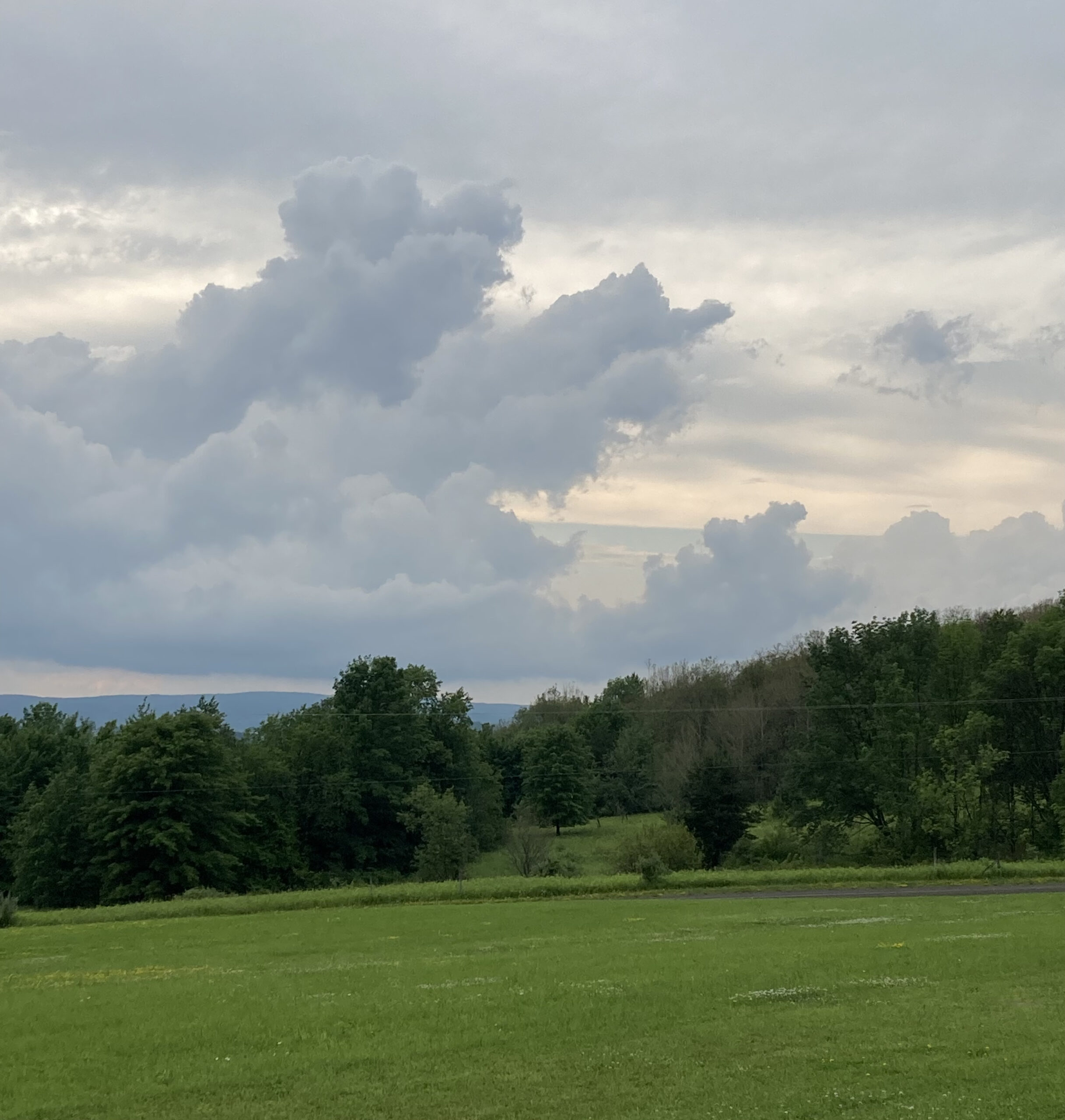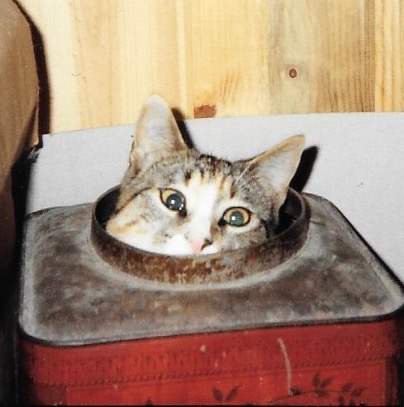Last week, I talked about why understanding emotion is important in thinking critically and clearly. It is not just understanding emotion, however, that is important but being mindfully aware and able to monitor, and let them go. This week, I will discuss one perspective on what exactly an emotion is. This approach combines Western psychology and neuroscience with Buddhism. One practice I discussed last week is to use analysis or deconstruction. Analysis itself can be turned into a way to intervene in and let go of an emotion. To analyze or deconstruct an emotion, first understand the triggers and evolutionary uses of emotion and then go to the components of emotional experience. An intellectual understanding of the physiology and psychology of emotion combined with mindfulness can be extremely helpful to us in terms of thinking more clearly or calming our body. Let’s use anxiety as an example.
Triggers: what can trigger anxiety in you or your students? Take a moment to think of times you were anxious. What set it off? Can you find any characteristics these triggers share?
Use: What use can anxiety have? When students understand that each emotion has a purpose or use, they can also come to understand when the emotion goes beyond the use. For example, students want to hold onto anger and don’t see why it might serve them better to let it go. When you prolong the emotions, they go awry. Anxiety and worry can help you prepare for something. It can energize you. To do something you care about, you need to be energized. The energy of anxiety, stress, is the energy of waking up to prepare. It is useful.
One of the things many emotions do is orient us in time. How does anxiety orient us in time? Usually, it orients you to the future. You think of how things might go wrong. But the “future” is an idea, right? Anxiety can orient us out of the present experience to an idea of another experience.
Components: A Buddhist teacher named Shinzen Young has a great description of the components of emotion that influenced (but is not exactly the same as) my own approach. What are the components of emotional experience? I will discuss feelings, sensations, thoughts and images, and motivated actions.
Feelings can be defined as the sensation of touch, or as the initial orienting energy, or awakening of attention. This energy later develops into taking something as good, bad, or neutral, pleasant or unpleasant, to like or dislike; then a state of mind, or emotion, and holding on, pushing away, or being indifferent.
Sensations are the experience of your physiological responses or changes. When you learn the sensations of an emotion, you can learn to spot or feel them and can more easily let them go before they become overwhelming. It is also important, and can be tremendous fun, to ask students what an emotion looks like in someone else. For example, what does an anxious person look like? A moment-by-moment awareness of your own experience can help you better observe and understand what someone else might be experiencing. Emotion is not just felt but communicated. What are the sensations of anxiety?
1. Where are the sensations in your body? A technique I learned from a fellow teacher is to ask students to draw a human figure and circle places where they feel anxiety.
2. How– Describe the sensations of anxiety. For example, are they like pins and needles, tight or loose, cold or warm?
3. How much-How intense are the sensations?
What goes on physiologically with anxiety? The fight-flight-freeze response, our body system that deals with threats, becomes active. You treat your own sensations as a threat. The sensations are uncomfortable and you flee the discomfort. You don’t just feel uncomfortable—you fear the discomfort and what it might mean.
Thoughts: What thoughts or images arise when you’re anxious? We humans have a powerful ability to plan for the future, think, imagine. Language increases the power of these abilities. But that power can be helpful, or go awry. It is the power of thought and imagination and language that helps us develop an idea of our self and others. How does it go awry with anxiety?
When anxious, you think you are unable to face what you think is coming. You imagine others have a negative image of you. You leave behind your present experience. You think of yourself as a house of cards, easily broken, or as a fake, because you have lost contact with yourself. When you fear yourself and your sensations and thoughts, how does the world appear to you? When you flee discomfort, you live the sense of fleeing, of running away. And what happens to thoughts that go against the emotion? Do you hear them? See them?
Actions: What actions does the emotion motivate you to take?
Interventions: How do you intervene in, let go of, anxiety? Since anxiety can be feeling and imagining you can’t handle a future state or event, you flee from your awareness. Your imagination can create distressing images of your future, or wonderful ones. It can undermine or increase your strength depending on how you use it.
When you can safely take action directed at increasing your self-awareness in the present, and better understand whatever is the trigger for anxiety, you can reduce anxiety. When you honor your own sense of what is comfortable and what is not, utilize mindfulness, compassion for yourself as well as others, and imagination practices, and you treat whatever arises as something to learn from. You learn how to inquire into a question, face a challenge and better understand your thinking process.
Mindfulness/Inquiry Practice: What happens to your thinking if you feel you can face any idea, anything that arises? Let’s explore that.
Just sit back and take it easy. If it feels right, close your eyes now or in a minute or so, and take a few slow, calm breaths. Or look at a blank surface before you. Maybe focus on your hands resting in your lap, or your feet on the floor. Or notice how it feels to breathe in—and breathe out. Focus on your face, around your mouth. How do the muscles around your mouth respond as you breathe? As you breathe out? Do you notice any tension, heat, or joy? As you breathe in, can you feel your body expand a little bit? As you breathe out, can you feel your body let go, relax, and settle down? Then focus on your shoulders. Notice what sensations you feel as you breathe in, and breathe out. As you breathe in, do you feel your body expand a little bit? As you breathe out, can you feel your body let go, relax, and settle down? Maybe go to your belly next and simply notice how your belly breathes in—and out. If any thoughts come up, just calmly notice them and appreciate the noticing, and let them go as you return attention to the sensations of breathing.
And now engage your imagination. Let come to your mind an image or memory of a courageous action of your own, or one you witnessed or read about. What was the courageous act? Who did it? What made it courageous? What does courage mean to you? Does it have to be dramatic, like in some movies? Or can it be something simple, like sticking up for someone or speaking out? Or doing something you never did before but was frightening? Or putting yourself at some risk? What does it feel like to be courageous? Imagine feeling courageous. Imagine feeling that you could face whatever came up in your life and just sit for a moment with that feeling.
If you’re doing this with students, practice beforehand. And always give them choices. After a guided practice, have them process the experience, maybe write down the thoughts or images that came up for them or what it felt like to feel they could face whatever arises. Then let them share their thoughts, if they feel comfortable and safe doing so, with you or in a small group.
Can you imagine doing something like this with your students?
**For a fuller development of the components of emotion and the role of emotion in thinking, see my soon to be released book, Compassionate Critical Thinking: How Mindfulness, Creativity, Empathy and Socratic Questioning Can Transform Teaching.
**Here is a link to Mindful Schools, to see a video on using mindfulness to help MS children deal with anxiety.




